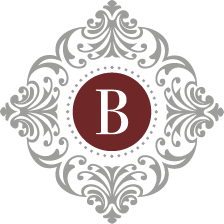History
Contemporary Art (1945-Present) can be defined variously as art produced at the present-day or that has been produced since World War II; the definition of the word contemporary would support the first view, but museums of contemporary art commonly define their collections as consisting of art produced since World War II.
Post-Modernism
On the liminal time frame of Contemporary Art, is the Post-War style of Abstract Expressionist. Consequently, a broader movement that encompasses several works of Contemporary Art—but not all of them—is Post-Modernism, which emerged and developed on the aftermath of Modernism.
Post-Modern Art aims to describe changes seen to take place in Western society and culture from the 1960’s onwards. Accordingly, the greatest difference, compared to pre-war artistic productions, was the introduction of various media and art movements into the art scenery, as for instance Installation art and Multimedia; further characteristics of Post-Modernist works vary from Appropriation, with the use of borrowed elements for the creation of an art work, to Performance Art, which is literally a scripted or randomly orchestrated performance to an audience.
Some major radical movements which defined the beginnings of Contemporary Art
A few of the major radical movements which defined the beginnings of Contemporary Art, are Assemblage, featured with the emergence of combined manufactured items, Pop Art, which celebrated consumerism in the post-war era by rejecting the hermeneutics and psychology of Abstract Expressionism, and also Fluxus, which encouraged the do-it-yourself aesthetics and valued simplicity over complexity, and an artist-centred creative practice contrasting with the market driven art-world.
As of today, the productions of contemporary artists are created with an innumerable amount and diversification of medium. Their works are of diverse nature, thus creating a setting that is in constant evolution and featured with various sources of inspiration, which could be political, spiritual or aesthetical.
Key Artists: Roy Lichtenstein (1923-1997), Robert Rauschenberg (1925-2008), Andy Warhol (1928-1987), Marina Abramovic (born 1946), Jeff Koons (born 1949), Sophie Calle (born 1953), Maurizio Cattelan (born 1960), Tracey Emin (born 1963), Francis Bacon (1909-1992), Lucian Freud (1922-2011), Damien Hirst (born 1965).

